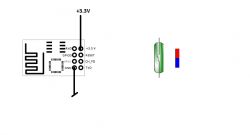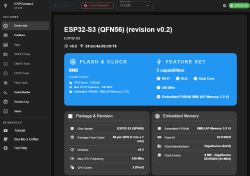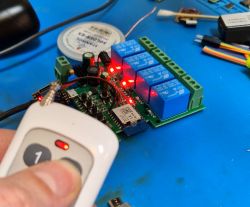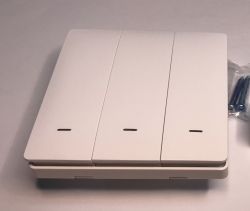Welcome,
I am trying to build a circuit to notify when a door/window is opened.
I want the circuit to run on battery power.
The general idea: ESP01? deep sleep, a reed switch and a magnet that when you move away (opening a door/window) resets the ESP and the program executes from the beginning.
The problem is how to connect the reed switch so that it performs the reset when the window is opened.
Opening the window (moving the magnet away) should reset the ESP, closing the window (moving the magnet closer) should reset the ESP again.
The reset signal should be a short "peak"?, if I connect the reed switch to reset, it won't be a peak, it will be a continuous signal (on top of probably draining the battery?).
I would appreciate your help in expanding the attached schematic.
 .
.
I am trying to build a circuit to notify when a door/window is opened.
I want the circuit to run on battery power.
The general idea: ESP01? deep sleep, a reed switch and a magnet that when you move away (opening a door/window) resets the ESP and the program executes from the beginning.
The problem is how to connect the reed switch so that it performs the reset when the window is opened.
Opening the window (moving the magnet away) should reset the ESP, closing the window (moving the magnet closer) should reset the ESP again.
The reset signal should be a short "peak"?, if I connect the reed switch to reset, it won't be a peak, it will be a continuous signal (on top of probably draining the battery?).
I would appreciate your help in expanding the attached schematic.
 .
.






